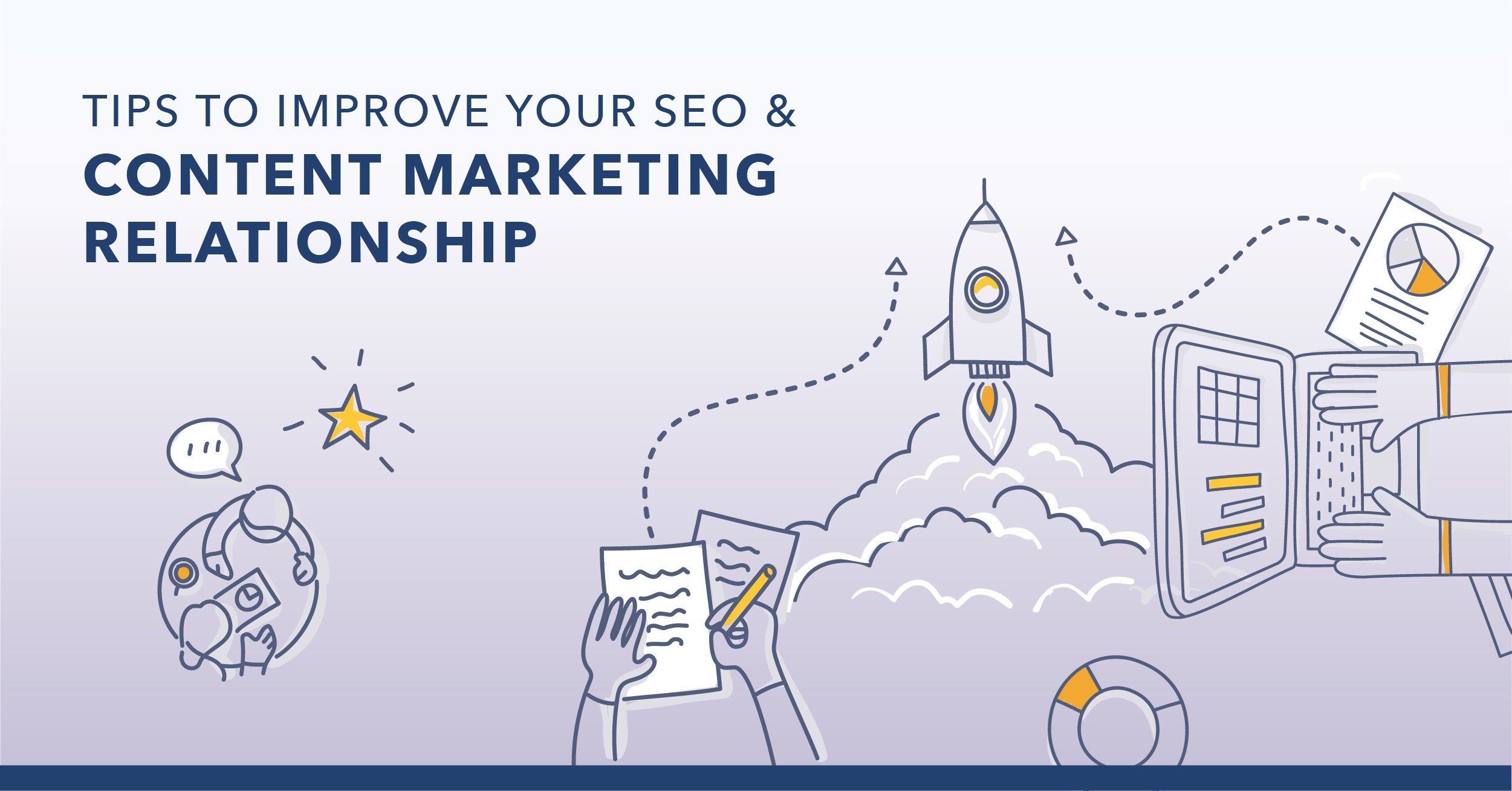Paying for something you can get for free seems counterintuitive. Yet, digital marketers have long placed search ads for their brand terms even when they rank organically.
Why do they do this?
- Competitors might be placing ads on your brand terms, pushing your organic results further down.
- Your brand name could be a generic term, leading to mixed and less targeted search results.
But what if you stop bidding on those terms? Can you still maintain your traffic levels? To find out, we suggest running an experiment. In this blog, we’ll guide you through the process, share common outcomes, and highlight important considerations to keep in mind.
Table of Contents:
- The Purpose of Testing Turning off Paid Search
- How to Easily Run the Test in seoClarity
- Potential Test Outcomes: Real World Examples
- Considerations When Planning Next Steps
The Purpose of Testing Turning off Paid Search
Over the years, we’ve partnered with numerous clients curious about the impact of turning off their “branded” paid search for a limited time.
These tests are designed to uncover how turning off branded terms affects their search marketing traffic and impressions as a whole. By doing so, companies can make informed decisions about their digital marketing budget, determining if organic traffic can fill the gap left by paid ads.
Objectives:
- Measure Impact: Determine how turning off branded paid search impacts organic traffic.
- Analyze Changes: Assess changes in organic traffic and impressions.
- Evaluate Compensation: Identify if organic search can compensate for the traffic lost from paid search.
- Optimize Budget: Optimize digital marketing budget allocation.
How to Easily Run the Test in seoClarity
seoClarity makes it super easy to test how turning off branded paid search impacts your organic search traffic. We’ve outlined the process below in three simple steps.
Enable the Paid vs. Organic Reporting in seoClarity
Kick things off by enabling the paid vs. organic reporting feature in seoClarity. This powerful capability leverages PPC integration and Google Search Console to compare the performance of organic and paid keywords.
To use the PPC vs Organic capability, ensure you have an online advertising management platform integrated along with Google Search Console.
Once this has been enabled, your paid search reports are submitted and added to the platform.
Make sure you have enough data to trend the results - either YOY or a long enough time period that you can confidently understand the impact.
Turn Off Bidding On Certain Keywords
Now it’s time to turn off bidding on selected keywords. Here are two strategies to consider:
Target Low Conversion/ROI Keywords:
- Identify PPC keywords with low conversions or ROI.
- Optimize these keywords for organic search.
- Reduce or eliminate PPC spend.
Target High-Cost Keywords with Strong Organic Rankings:
- Identify high-cost PPC keywords with strong organic rankings.
- Test removing paid ads for these keywords.
- Monitor if organic traffic captures the lost paid traffic.
Make sure the keywords you choose are significant enough (i.e., they attract substantial traffic) to make a noticeable impact.
Monitor the Results
The final step is to keep a close watch on the results. Comparing Search Analytics and PPC Data in seoClarity, observe the impressions and clicks for the keywords you tested.
If paid search metrics decline and organic metrics rise, it indicates that turning off paid ads for those keywords resulted in more traffic going to organic search.
By following these steps, you can begin to evaluate the impact on traffic of turning off branded paid search and make data-driven decisions for your digital marketing strategy.
Potential Test Outcomes: Real World Examples
Our tests and client experiences often reveal that while organic traffic may increase during the test, it doesn't always fully compensate for the lost PPC traffic. Ultimately, SEO and PPC typically work best in tandem, amplifying each other's strengths.
Recommended Reading: Ways to Harmonize PPC and SEO to Increase ROI
Some key benefits of SEO and paid search collaboration include better keyword targeting, increased understanding of keyword intent, and boosted revenue.
This is why we generally don’t recommend turning off PPC completely, even if your SEO rankings are strong. However, running these tests is crucial to finding the perfect balance and investment strategy for your brand.
With seoClarity's PPC vs. Organic view, you can run such experiments and see where PPC truly adds value and where it does not.
Here are a couple of different outcomes based on our own testing and those conducted by our clients:
seoClarity’s Branded Keywords Test Results
We ran our own test and paused buying PPC ads for branded terms in mid-February.
As Google's CPCs have increased significantly, it was time to evaluate how much incremental traffic we were actually getting. For context, we’ve been running paid ads for our brand for about three years, so we have substantial data in that bucket.
The results? Our organic traffic rose in most of the following weeks covering the lost PPC traffic and saving us a significant amount of money.
However, we do not claim that removing paid will always be compensated by organic. In this particular set of keywords, our PPC versus organic capability made it super easy to see the differences. The combination of queries in seoClarity’s brand is straightforward:
- seoclarity
- seo clarity
We will continue to test this and watch closely as the trend could change after longer implementation, or if a competitor amps up their spend in paid search for our brand terms.
Client Results
Last year, a leading automotive brand tested a pause in PPC for their brand terms in two separate instances.
In both cases, competitors quickly took advantage of the opportunity, leading to a noticeable drop in overall traffic.
Recommended Reading: Competitive Paid Search: When Competitors Conquest Your Brand Terms
This underscored the need for continued investment in branded paid search for their brand to protect their market share and maintain visibility.
Considerations When Planning Next Steps
This post highlights how seoClarity’s PPC vs. SEO function simplifies the process of seeing traffic implications, which is the first step in a comprehensive evaluation.
But remember, traffic is just one piece of the puzzle in these experiments. Keep in mind that demand (search volume) for your brand terms can fluctuate due to various factors, so relying solely on clicks might not give you the full picture.
As such, it's crucial to also evaluate other important metrics like revenue or Marketing Qualified Leads (MQLs). If you have your analytics integrated with seoClarity, you can seamlessly track additional metrics alongside traffic data during your experiment.
Conclusion:
In some cases, organic traffic can make up for the absence of paid ads, and seoClarity offers an easy way to start making those comparisons.
But, ultimately, the takeaway isn’t to determine if you should abandon PPC for brand terms altogether. Instead, it's about encouraging you to test your assumptions and find the optimal balance for your digital marketing strategy.
Ready to start testing? Schedule a demo today to learn more about how our PPC vs Organic capability makes the experimentation process a breeze!








Comments
Currently, there are no comments. Be the first to post one!